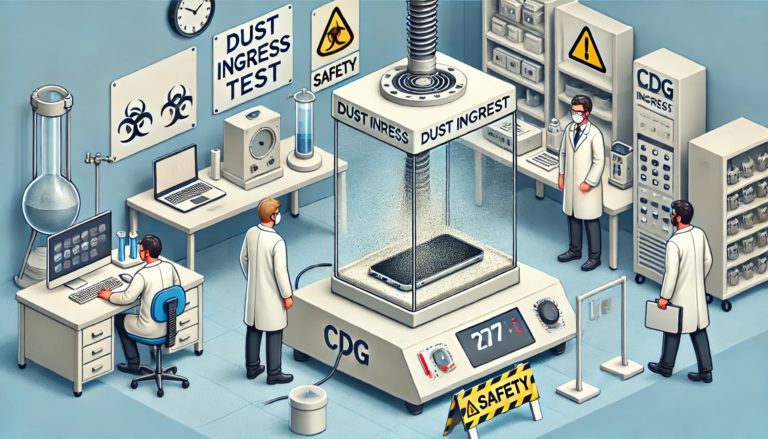In today’s world, where electronics are increasingly integrated into every aspect of life, ensuring their durability and reliability under various environmental conditions is crucial. Ingress Protection (IP) ratings offer a standardized way to assess how well electronic devices can withstand dust and water. Among these ratings, IP66 stands out for its robust protection against harsh conditions. But what exactly does IP66 mean, and how is it tested? Let’s delve into the details.
Understanding IP66
The IP rating system, established by the International Electrotechnical Commission (IEC), categorizes the degree of protection provided by enclosures against solid particles and liquids. The IP66 rating indicates a high level of protection:
IP: Ingress Protection
6: Dust-tight, meaning no dust can enter the enclosure.
6: Protection against powerful water jets from any direction.
Testing for Dust Protection
Dust-tight testing involves simulating the conditions under which dust could potentially enter an enclosure. Here’s how it’s typically done:
Preparation: The device is placed in a dust chamber, which is a sealed environment designed to expose it to a controlled dust environment.
Dust Composition: A specific type of dust, usually talcum powder or similar fine particles, is used. The dust is chosen for its ability to mimic real-world dust conditions.
Exposure: The device is exposed to the dust for a designated period, ensuring that it is fully immersed in the dust-laden atmosphere.
Inspection: After exposure, the device is examined for any signs of dust ingress. For IP66, the device must show no signs of dust entry, ensuring that internal components remain unaffected.
Verification: Detailed inspections and tests are performed to confirm that the device’s functionality and safety are uncompromised by the dust.
Testing for Water Protection
Water protection is assessed through a series of rigorous tests involving powerful jets of water:
Preparation: The device is placed on a test rig that allows it to be exposed to water jets from various angles.
Water Jet Specification: For IP66, the water jets are intense, with a flow rate of 100 liters per minute, and the nozzle is positioned 12.5 to 15 centimeters from the device.
Exposure Duration: The device is subjected to the water jets for a period of 3 minutes. This simulates real-world scenarios where heavy rain or high-pressure water could come into contact with the device.
Inspection: After the water exposure, the device is checked for any signs of water ingress. The enclosure must be entirely sealed to prevent water from entering and affecting the internal components.
Verification: The device’s performance and safety are evaluated to ensure that the water exposure has not compromised its functionality.
Practical Tips and Real-World Applications
Choosing the Right Rating: When selecting electronic devices for outdoor or harsh environments, ensure they meet or exceed the IP66 rating to guarantee durability and reliability.
Regular Maintenance: Even devices with high IP ratings can benefit from periodic checks and maintenance. Ensure seals and gaskets are intact and replace them if necessary.
Applications: IP66-rated devices are ideal for use in industrial environments, outdoor installations, and locations prone to dust or heavy water exposure. Examples include outdoor cameras, industrial control panels, and weather sensors.
Understanding how IP66 is tested for dust and water protection can help you make informed decisions when selecting electronics for challenging environments. By ensuring devices meet this high standard of protection, you can be confident in their ability to withstand harsh conditions and continue performing reliably.


